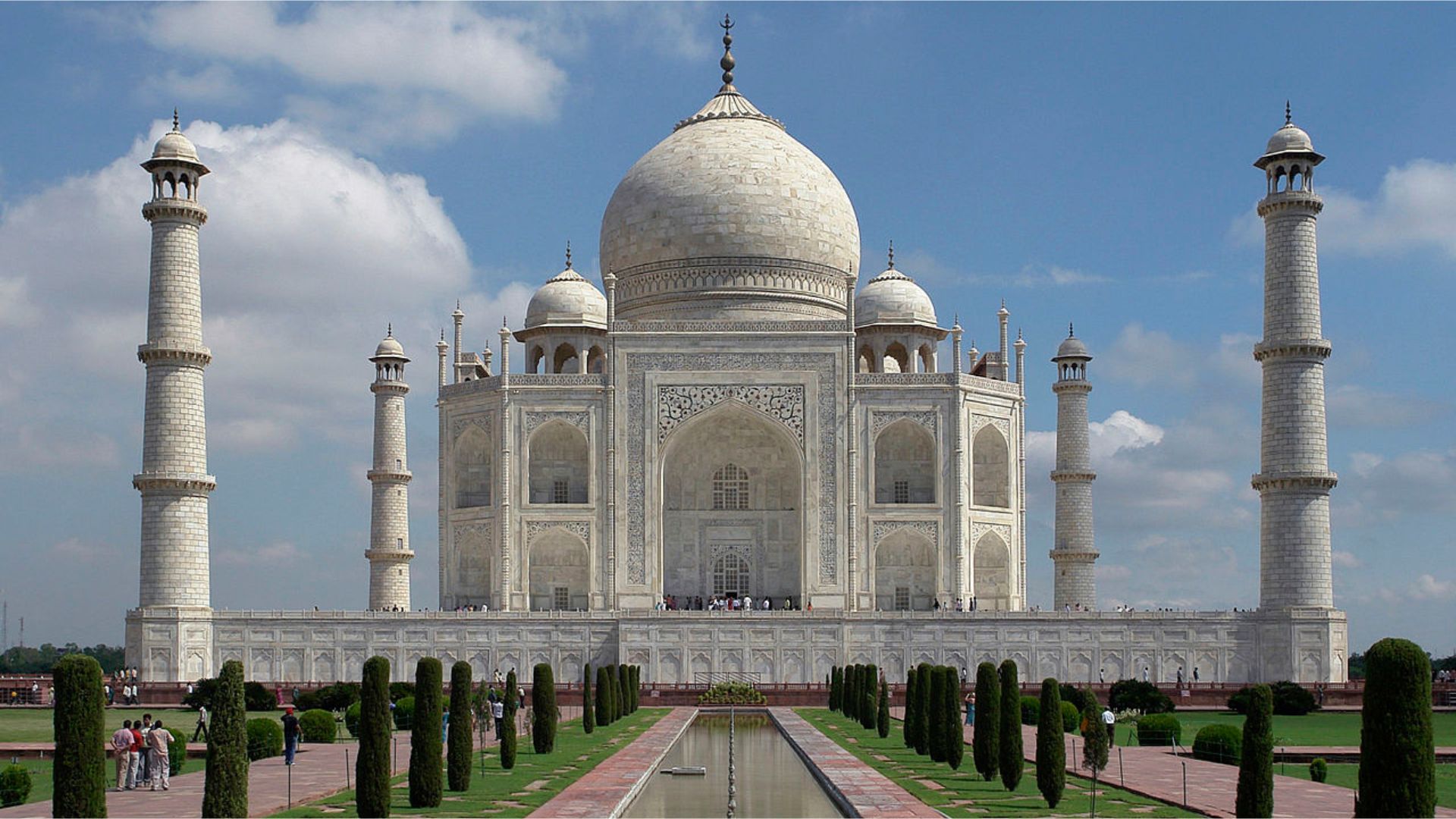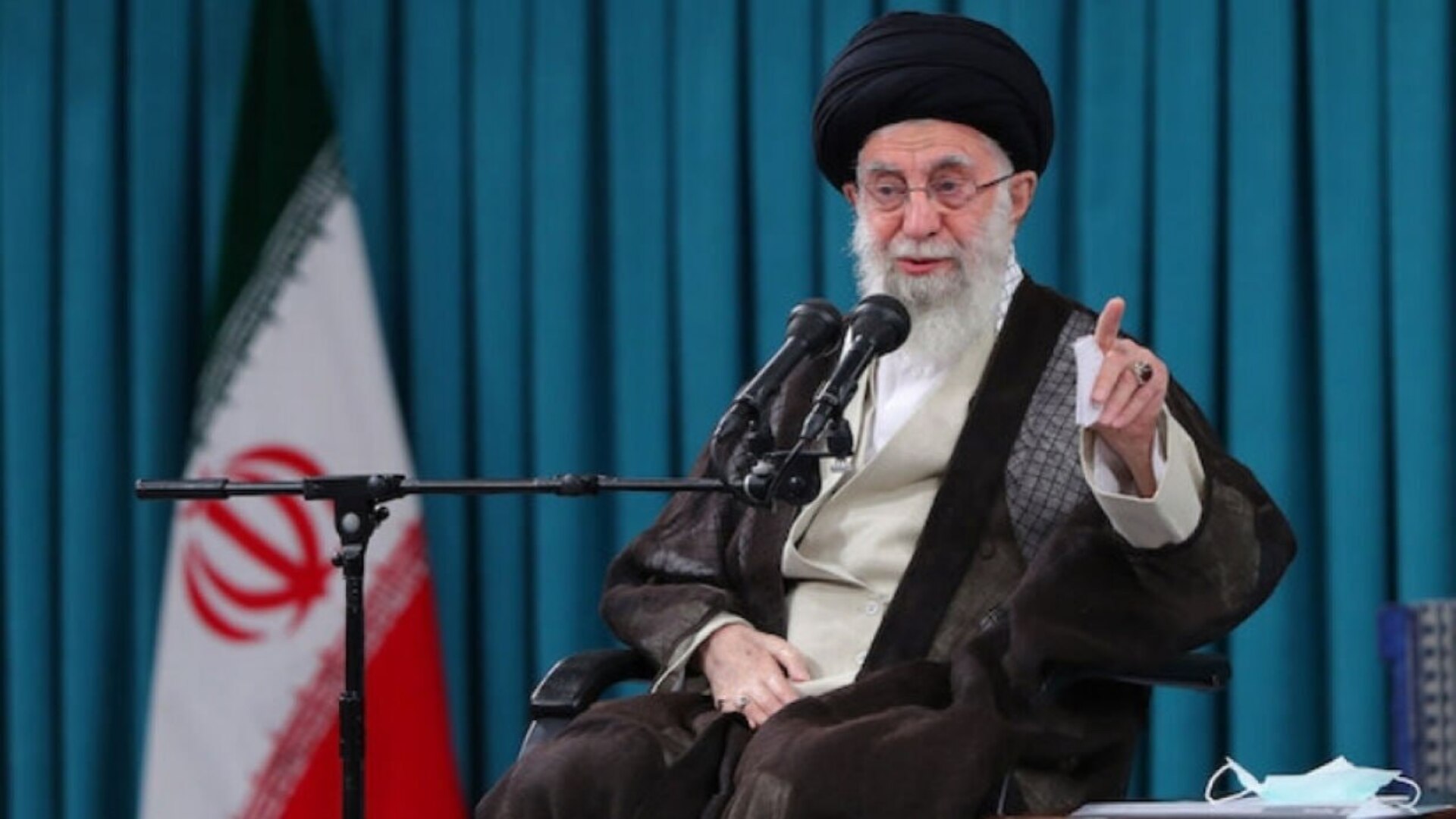The Byzantine Empire, often referred to as the Eastern Roman Empire, stands as one of the most remarkable and enduring empires in world history. From its foundation in the 4th century AD until its fall in the 15th century, the Byzantine Empire served as a political, economic, and cultural bridge between the ancient and medieval worlds. With its capital at Constantinople (modern-day Istanbul), the empire was a beacon of Orthodox Christianity, classical learning, and sophisticated governance. Lasting over a millennium, it played a crucial role in preserving Roman legal and cultural traditions, facilitating trade between Europe and Asia, and shaping the religious landscape of Eastern Christianity. This article delves deep into the origin, administrative structure, religious influence, military prowess, economic strength, cultural achievements, and eventual decline of the Byzantine Empire.
The Origins of the Byzantine Empire
The Byzantine Empire was born from the ashes of the Roman Empire, specifically its eastern half. In 330 AD, Roman Emperor Constantine I relocated the capital of the Roman Empire from Rome to Byzantium, a city strategically located on the Bosporus Strait. Renaming the city Constantinople, Constantine aimed to establish a Christian empire that would continue the legacy of Rome but with a stronger religious foundation.
Though the Western Roman Empire crumbled in 476 AD under barbarian invasions, the Eastern Empire, with its capital at Constantinople, thrived. The Byzantine Empire was Roman in its legal and cultural framework, but Greek became its dominant language and culture. Over time, the term “Byzantine” came into use by later historians to differentiate this Eastern entity from its Western Roman counterpart, even though the Byzantines themselves referred to their empire as the Roman Empire or simply as Romans.
Administrative Structure and Legal Framework
The Byzantine Empire developed a highly sophisticated and centralized administration, built upon Roman bureaucratic traditions. At its head was the emperor, who wielded absolute authority and was considered God’s representative on Earth. The emperor was not only a political ruler but also the defender of the Orthodox Christian faith, giving the throne a sacred status.
Beneath the emperor, the Byzantine administration was divided into complex hierarchies of civil servants, military officials, and religious leaders. This structure allowed the empire to effectively manage vast territories, although at times, the bureaucracy became cumbersome and inefficient.
One of the most important contributions of the Byzantine Empire to world history was its codification of Roman law under Emperor Justinian I (527-565 AD). Known as the Corpus Juris Civilis or Code of Justinian, this legal system streamlined centuries of Roman law and became the foundation of legal practice in Europe for centuries to come. It influenced the development of modern legal systems, particularly in civil law traditions.
Religion played a defining role in Byzantine society. When Emperor Constantine I embraced Christianity, he effectively laid the groundwork for the future religious character of the empire. In 313 AD, Constantine issued the Edict of Milan, granting religious tolerance to Christians, and in 380 AD, Christianity became the official state religion under Emperor Theodosius I.
Byzantium’s religious landscape, however, was far from monolithic. While Orthodox Christianity became the dominant faith, it was often marked by theological disputes, particularly over Christological issues—such as the nature of Christ being divine or human. These theological disagreements resulted in a series of ecumenical councils, such as the Council of Nicaea (325 AD) and the Council of Chalcedon (451 AD), which sought to define Christian doctrine and resolve heresies like Arianism and Monophysitism.
The Byzantine Church developed into what is now known as Eastern Orthodox Christianity, characterized by its distinct rituals, liturgy, and theology compared to the Latin-based Roman Catholic Church. One of the most significant religious schisms in history occurred in 1054 AD, known as the Great Schism, when the Byzantine Church split from the Roman Catholic Church, solidifying the division between Eastern Orthodoxy and Western Catholicism.
The Byzantine Empire was renowned for its highly effective and organized military. Its defensive and offensive strategies were crucial to the empire’s survival, especially considering its strategic location at the crossroads of Europe and Asia, making it vulnerable to attacks from all directions. The Byzantines faced threats from the Persians, Arabs, Slavs, Bulgars, and later, the Seljuk Turks and Crusaders.
The Byzantine army was a direct continuation of the Roman legions but evolved into a more flexible and mobile force. The empire also maintained a formidable navy, which was essential for defending the Mediterranean and Black Sea coasts. One of the empire’s most famous military inventions was Greek fire, an incendiary weapon used primarily by the Byzantine navy. This flammable substance, which could burn even on water, became legendary for its effectiveness in naval battles, especially against the Arab fleets.
Byzantine military strategy heavily relied on fortifications and defensive diplomacy. The city of Constantinople itself was surrounded by massive walls, notably the Theodosian Walls, which helped protect the city from numerous sieges, including the Arab sieges of the 7th and 8th centuries. Diplomatically, the Byzantines were masters of using alliances, marriage pacts, and strategic bribes to keep their enemies divided.
The Byzantine Empire was not only a military and political powerhouse but also a center of cultural and intellectual life. Byzantine art, architecture, and learning became highly influential in both the medieval Christian world and the Islamic caliphates.
One of the most notable achievements of Byzantine culture was its religious art, especially icons—holy images of Christ, the Virgin Mary, and the saints. These icons were central to Byzantine religious life, serving both as objects of veneration and theological education. Byzantine mosaics, particularly those found in the great churches like the Hagia Sophia, are renowned for their vibrant colors and intricate detail, depicting religious scenes in a way that inspired awe and reverence.
In architecture, the Byzantines blended Roman engineering with their own stylistic innovations. The Hagia Sophia, built by Emperor Justinian in the 6th century, was an architectural marvel, with its massive dome standing as a testament to Byzantine ingenuity. The church later served as a model for Ottoman architecture after the fall of Constantinople.
Byzantine scholars also played a critical role in preserving classical Greek and Roman texts. During the early Middle Ages, when much of Western Europe was in turmoil, Byzantine scholars kept alive the works of philosophers such as Plato and Aristotle, as well as Roman legal texts and Christian theological writings. These texts would later be reintroduced to Western Europe during the Renaissance, contributing to the intellectual revival of the West.
The Byzantine Economy: Trade and Wealth
One of the secrets to the Byzantine Empire’s longevity was its robust economy, which was heavily reliant on trade. Constantinople’s location made it a prime hub for commerce between Europe and Asia. Merchants from all over the known world—Persia, China, India, the Arab world, and Western Europe—passed through the city, making it one of the wealthiest in the world.
The Byzantine economy was based on a combination of agriculture, trade, and taxation. The empire produced a wide range of goods, from grains and wine to luxury items like silk. The Byzantine Empire became famous for its silk production, which began in the 6th century after smuggling silkworms from China. This helped the empire break China’s monopoly on silk, and Byzantine silk became highly sought after throughout Europe and the Middle East.
The Byzantine currency, particularly the gold solidus or bezant, was one of the most stable and widely accepted currencies in the medieval world. It was used in trade across Europe, the Mediterranean, and even into Asia. The economic stability provided by this currency helped the empire maintain its wealth and pay for its armies, bureaucracies, and diplomatic efforts.
The Decline and Fall of the Byzantine Empire
Despite its long-standing power, the Byzantine Empire faced a series of internal and external challenges that eventually led to its downfall. Internally, the empire suffered from periods of political instability, economic decline, and military setbacks. The rise of powerful enemies on multiple fronts further exacerbated these problems.
One of the pivotal moments in the empire’s decline was the Fourth Crusade in 1204. Instead of fighting the Muslim forces as originally intended, the Crusaders turned their attention to Constantinople, sacking the city and establishing a short-lived Latin Empire. Although the Byzantines eventually regained control of Constantinople in 1261, the empire was significantly weakened and never fully recovered from this blow.
In the 14th and 15th centuries, the rise of the Ottoman Turks posed an existential threat to the Byzantine Empire. After decades of shrinking territory and military defeats, Constantinople finally fell to the Ottoman Sultan Mehmed II on May 29, 1453. This marked the definitive end of the Byzantine Empire, and the city was renamed Istanbul, becoming the capital of the Ottoman Empire.
Legacy of the Byzantine Empire
Although the Byzantine Empire came to an end in 1453, its legacy lived on in many forms. The Eastern Orthodox Church, with its roots in Byzantine Christianity, continues to be a major religious tradition, influencing millions across Eastern Europe, Russia, and the Middle East. Byzantine law, particularly through the Justinian Code, shaped the development of legal systems in Europe for centuries.
The cultural and intellectual contributions of the Byzantine Empire also had far-reaching effects. Byzantine art and architecture left a lasting imprint on the Islamic world, particularly in the Ottoman Empire, while Byzantine scholarship helped fuel the Renaissance in Western Europe.
In conclusion, the Byzantine Empire’s unique blend of Roman legal tradition, Greek culture, Christian faith, and strategic diplomacy made it one of the most enduring and influential empires in history. Its fall marked the end of the ancient world and the beginning of a new chapter in global history, but its influence can still be felt in the religious, legal, and cultural traditions of modern Europe, the Middle East, and beyond.

 A.B.M. Abir
A.B.M. Abir 
























